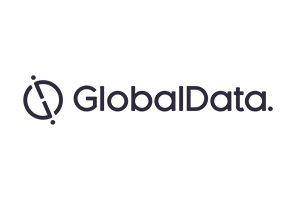
The bone growth stimulator market in the Asia-Pacific (APAC) region is anticipated to grow at a compound annual growth rate (CAGR) of 4.4% from $21.7m in 2016 to $29.3m by 2023, according to a report by GlobalData.
Titled ‘MediPoint: Bone Growth Stimulators – Asia-Pacific Analysis and Market Forecasts’, the report covers the APAC countries of Australia, China, Japan, New Zealand, South Korea, and Taiwan.
Increase in incidences of fractures, osteoporosis and spinal disease due to a growing elderly population, and patient awareness regarding stimulation treatments are expected to drive growth in the market. Research efforts aimed at improving the efficacy of bone growth stimulators is also expected to drive the market growth.
Electrical stimulation using bone growth stimulators is emerging as an effective treatment option for fractures and failed spinal fusions. The treatment’s efficacy, however, has not been established with research currently ongoing.
Positive data from the research is needed to develop a favourable reimbursement scenario and increase adoption among physicians and patients, opines Jennifer Ryan, Healthcare Analyst for GlobalData.
See Also:
Country-wise, China is expected to become the fastest growing market in the APAC region, at a CAGR of 6.1%. Implantable devices, however, are currently not approved in China. Growth will be driven by improvements in the country’s healthcare landscape.
How well do you really know your competitors?
Access the most comprehensive Company Profiles on the market, powered by GlobalData. Save hours of research. Gain competitive edge.

Thank you!
Your download email will arrive shortly
Not ready to buy yet? Download a free sample
We are confident about the unique quality of our Company Profiles. However, we want you to make the most beneficial decision for your business, so we offer a free sample that you can download by submitting the below form
By GlobalDataAccess to healthcare is a major hurdle for Chinese patients, especially for those with lower incomes. The government has taken a number of measures to improve the healthcare system by ensuring that more than 95% of the population have some form of coverage. Despite the measures, healthcare in China is costly and quality is below par.
Additionally, government reimbursement policies favour domestically manufactured devices by offering high reimbursement rates. Manufacturers, therefore, may face hurdles while entering the Chinese market.






